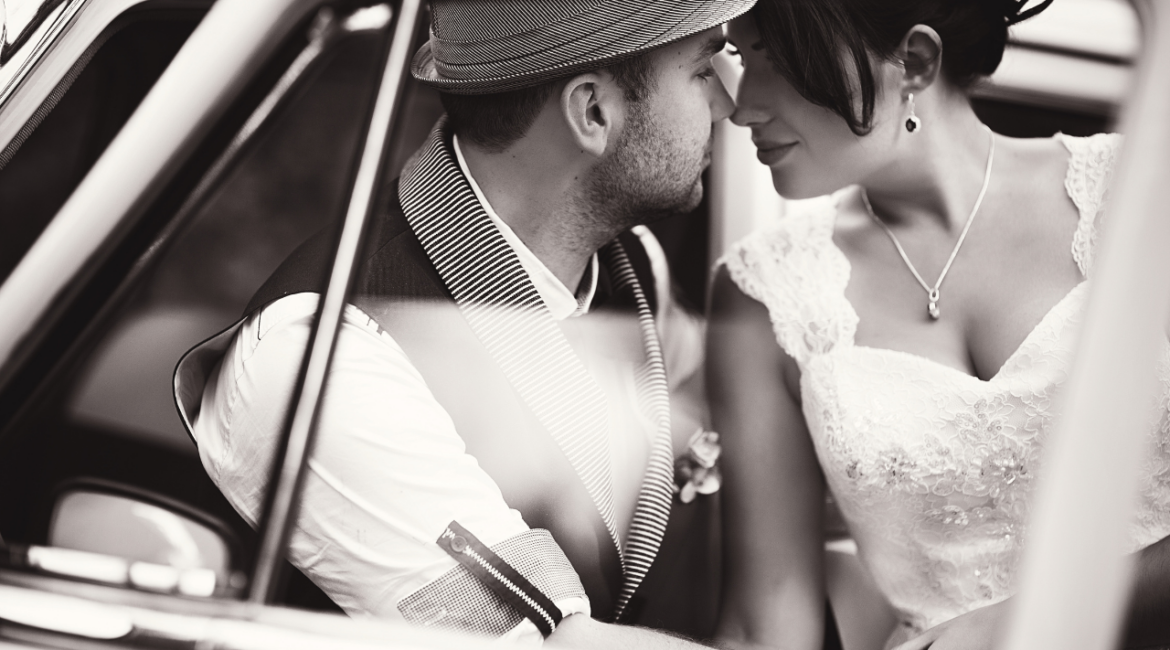
5 Wedding Day Traditions You Need to Know for Your Big Day
From tossing the bouquet to cutting the cake, rituals are a huge part of making a wedding ceremony unique and memorable. While we are firm believers that you don’t have to wear a veil or be walked down the aisle by your father, we do think it’s worth considering some of the wedding day traditions that resonate with you and your partner to make your big day extra special and personalised!
The wedding team at VR Rotorua Lake Resort have gathered some of the most awe-inspiring rituals to give you an idea of the many traditions that go far beyond cutting the cake. Ready to get inspired with your wedding planning?
Let’s Start with the New Zealand Wedding Traditions!
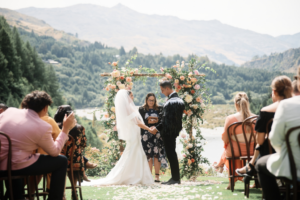
While many New Zealand wedding traditions are influenced by Western culture (we’ll cover these traditions further below), you may notice in some weddings where the couples have incorporated elements from traditional Māori weddings into their ceremony.
If one or both of the couples have Māori ancestry, they can get the wedding celebrant (or an elder of their tribe) to say a mihi to welcome the atua and whānau or have someone sing some beautiful wedding waiata (songs). The celebrant will take the couples through their vows, and instead of exchanging a golden band, they can choose to exchange greenstone or bone rings. The couple also can wear a Korowai around their shoulders as a symbol of love, honour, dignity and respect.
One of the popular New Zealand wedding traditions of Māori influence is having a haka at the end of the ceremony to show respect, love and support for the couple. The haka is a powerful display of strength and emotion and can leave a lasting impression on all who witness it.
Famous for its stunning landscape, New Zealand makes the perfect place for destination weddings. From lakeside weddings to ceremonies in the mountains, VR Hotels provide endless possibilities for couples who want to tie the knot surrounded by nature’s beauty. Whether it’s an outdoor wedding on the grassy banks of Lake Rotoiti at VR Rotorua Lake Resort or a winter wedding against the backdrop of the Southern Alps at Hanmer Springs Retreat, we can help make your wedding celebration unforgettable!
Having a Wedding Cake
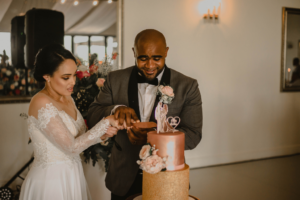
The wedding cake has become an essential part of the modern-day wedding ceremony. Yet, only a few people know its origins and the role it has played in wedding traditions throughout history. The concept of the wedding cake can be traced back to ancient Rome, where it was customary to break a loaf of bread over the bride’s head to symbolise good fortune and fertility. In medieval times, the bride and groom would try to kiss over a large stack of cake and scones, supposedly wishing for a prosperous future together. Over time, this evolved into the tiered cakes we know and love today.
The traditional wedding cake is usually a multi-tiered white cake decorated with intricate designs and topped with a bride and groom figurine. The traditional wedding cake flavor is usually vanilla or almond, and it has become a staple of wedding celebrations around the world. The traditional wedding cake flavor is often chosen because it is sweet and delicious, symbolising the sweetness and joy of marriage. But of course, you can choose to customise your wedding cake with unique flavors and designs that reflect your personality and tastes.
Choosing the Flowers
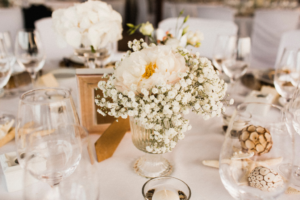
The use of flowers in weddings can be traced back to ancient times when they were believed to hold special meaning and symbolism. In ancient Greece, brides wore wreaths of flowers on their heads to symbolise new beginnings, while in ancient Egypt, flowers were used in weddings to represent fertility and everlasting love. Today, flowers continue to be an important part of wedding traditions and play a significant role in the overall aesthetic of the wedding. Some of the most popular traditional wedding flowers that are still in fashion include:
- Roses
- Peony
- Tulips
- Hydrangeas
- Orchids
- Baby’s Breath
- Calla Lilies
- Eucalyptus
The colours and types of flowers used in the bouquets, boutonnieres, centrepieces, and ceremony decor should all complement each other and create a cohesive look. When you choose your flowers, think about the different emotions, characteristics and meanings the flowers represent. For example, traditional wedding flowers, such as roses, symbolise love and passion, while lilies symbolise purity and innocence.
Taking the Traditional Wedding Photography
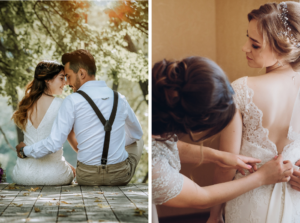
Traditional wedding photography has been a mainstay for decades, capturing posed portraits of the bride, groom, and wedding party. These posed portraits are often taken in front of a backdrop or at a specific location, with the photographer providing direction on how to stand and pose. In addition, traditional wedding photography is often seen as a way to capture the formal and elegant side of the wedding day. Therefore, the photos are typically edited and retouched for a polished look.
In addition to traditional posed portraits, candid wedding photos have become increasingly popular in recent years. Candid wedding photos capture the spontaneous and unplanned moments of the wedding day, such as the bride getting ready with her bridesmaids or the groom sharing a laugh with his groomsmen. Candid wedding photos offer a more relaxed and natural feel, capturing the emotions and energy of the day without the formality of traditional wedding photos.
If you’re looking for the perfect backdrop for your wedding photos, VR Rotorua Lake Resort is your answer. Sitting on the grassy banks of Lake Rotoiti, our wedding venue has the ideal setting for your candid and traditional photos! Get in touch with our wedding team and visit our wedding venue to see it for yourself.
Leaving the Ceremony in Style
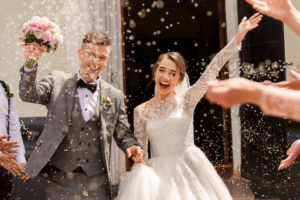
The wedding exit is a chance for you and your partner to make a grand departure from your wedding ceremony and celebrate your love in a unique and cute way. A traditional wedding recessional typically includes the newlyweds exiting the ceremony location, with their wedding party and guests following behind. The bride and groom may also pause at the end of the aisle to share a kiss, sealing their marriage and marking the end of the ceremony. The recessional music often plays during this time, creating a festive and celebratory atmosphere. Don’t forget to choose your entry and exit music and give it to the DJ before your wedding day!
In a traditional wedding recessional, church bells are rung during the wedding recessional. The ringing of the bells symbolises the joy of the community as they celebrate the newlywed couple. The sound of the bells is also said to ward off evil spirits and bring good fortune to the couple.
In some cultures, guests are given small packets of rice or other symbolic items to toss at the newlyweds as they exit the ceremony. Then, as the newlyweds walk down the aisle, guests throw the rice over them, showering them with good luck and blessings for their new life together.
Saying “I do” Your Way
Your wedding is a day to remember for the rest of your life. While it’s certainly interesting to know about all the different wedding day traditions, it’s not to say you have to include all! If some of these wedding day traditions are meaningful to you and your partner, then feel free to add them to your wedding celebration. After all, your wedding should reflect your personality and preferences.
Now that you’ve decided which traditions you’ll include on your wedding day, it’s time to lock in the venue and make your dreams come true! Get in touch with our VR Rotorua Wedding team to get started.
